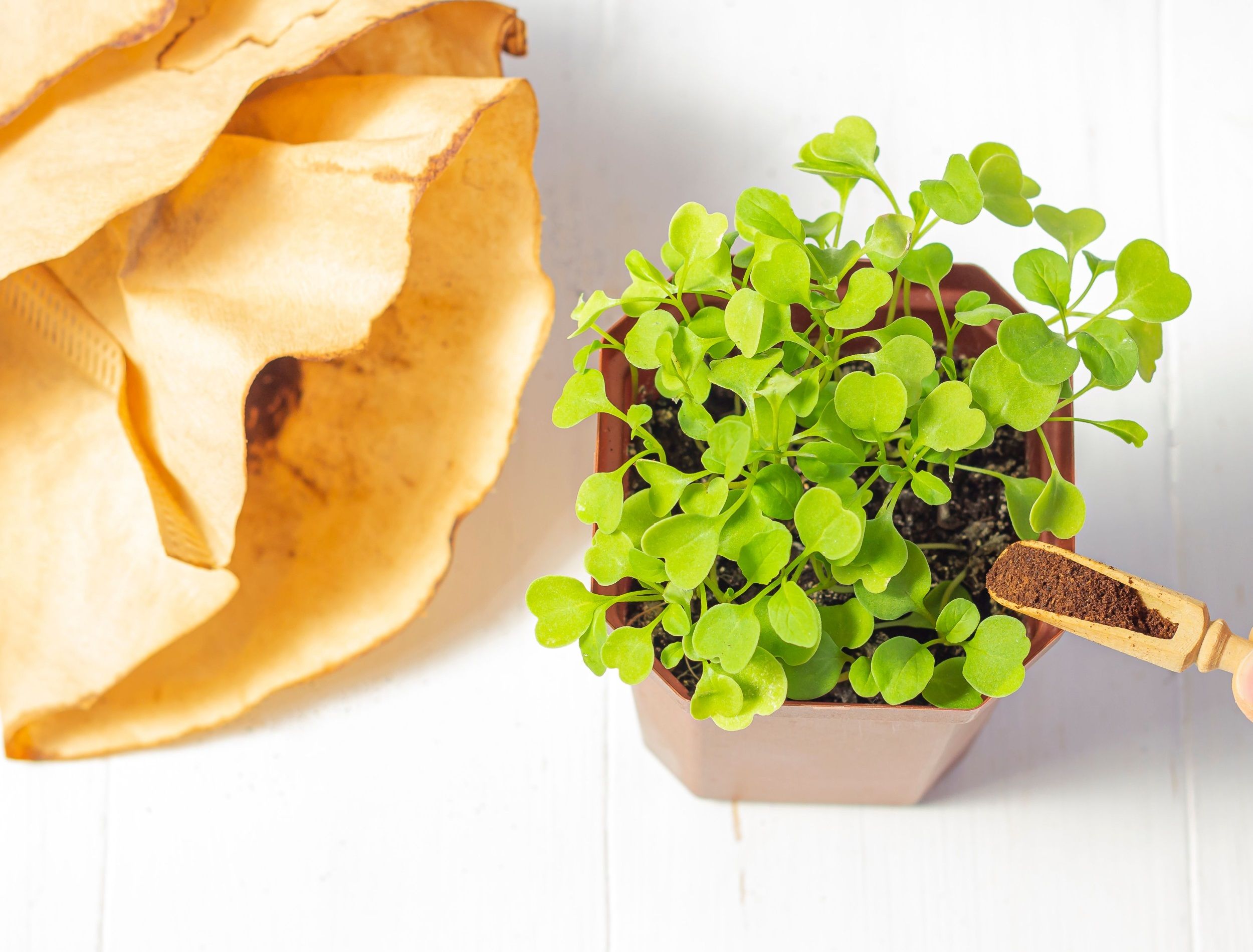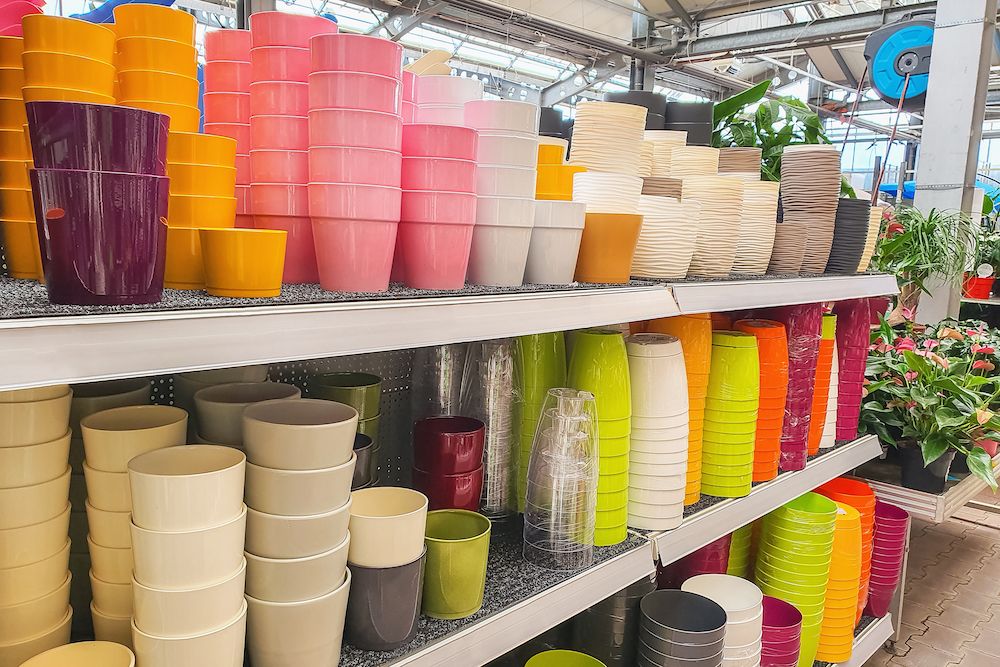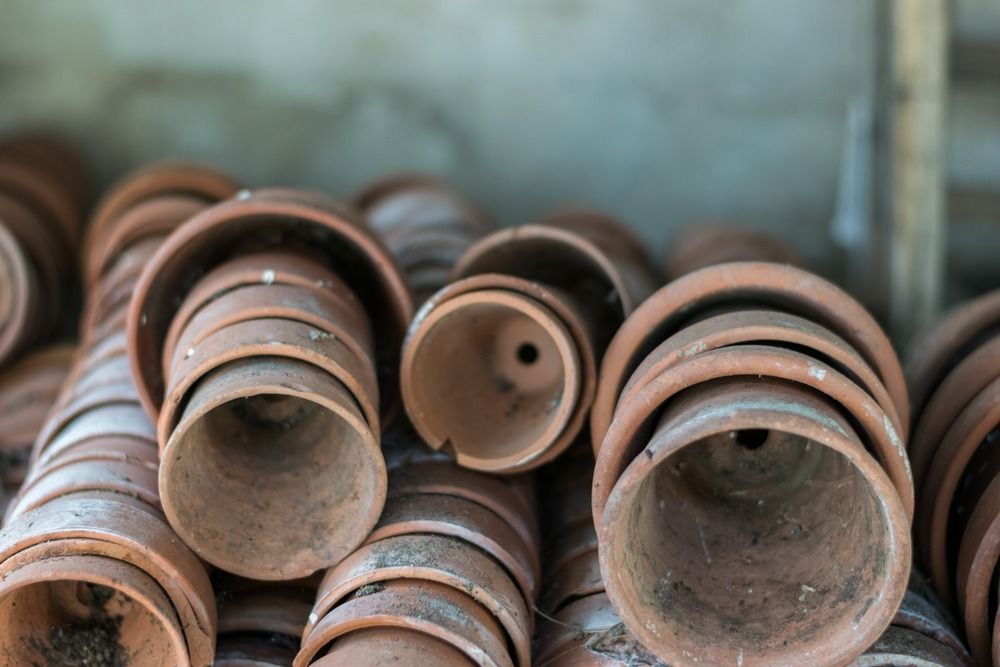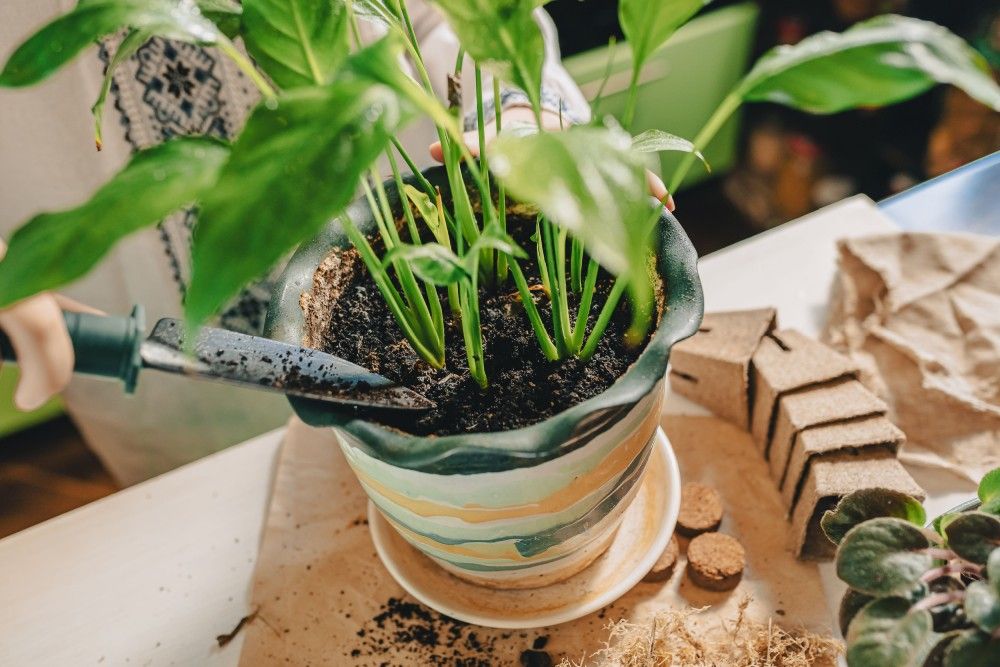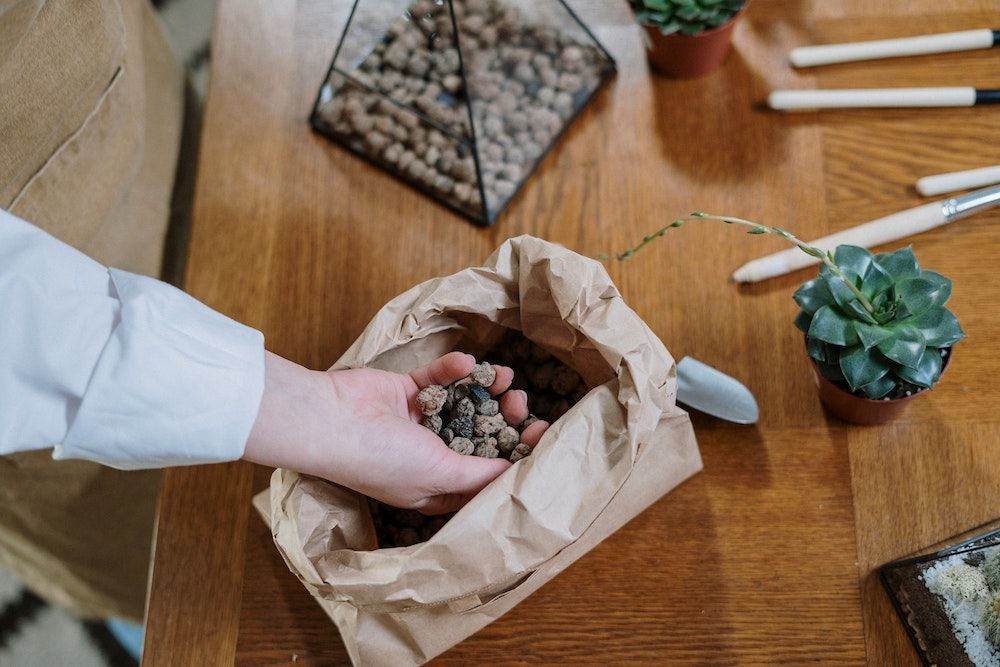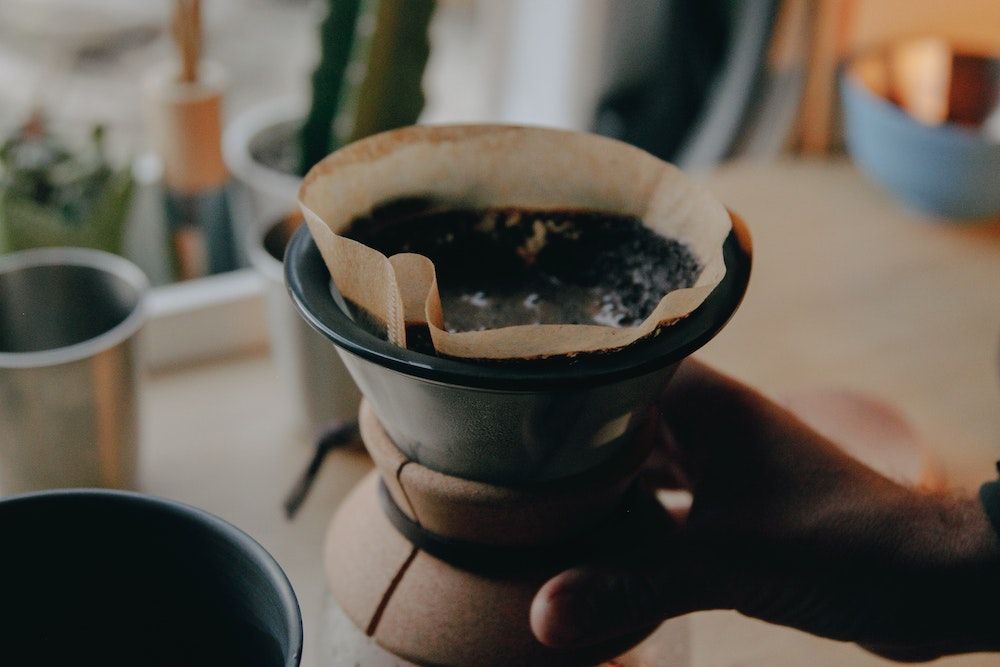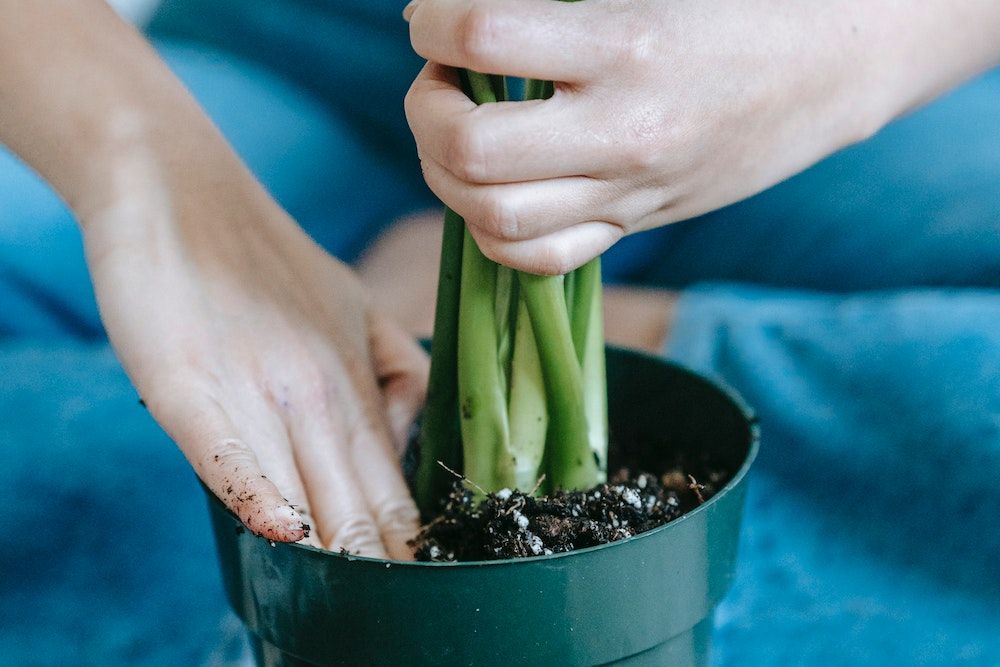Creating the ideal growing environment for your plants is a balancing act, and you may find yourself experimenting with various age-old tricks to tip the scales in your favor. Over the years, new trends to make gardening easier explode in popularity. Whether it’s vertical gardening, upside-down gardening, or self-watering globes, there are always new ways to up your gardening game.
For those looking for a cheap and easy way to assist with drainage in your flowerpots, you may have heard of using coffee filters. Keep on reading to learn how and why you should start using coffee filters at the bottom of your flowerpots.
Types of Flowerpots
Image credit: lermont51 via Shutterstock
Selecting the perfect pot for your flowers can be a lot of fun, but whatever you choose, be sure to pick one with drainage holes. If the pot doesn’t come with a hole, drill one. Drainage holes allow for airflow to the roots without the worry of standing water. Whereas plants in pots without holes are often chronically overwatered. There really is no substitute for drainage holes in pots.
Common materials for pots include clay or terracotta which are porous and often have one large hole. Plastic pots hold more moisture and commonly have many holes at the bottom. Self-watering pots are also common, especially for indoor plants and those that have higher watering needs. You can opt for this type of pot if you constantly forget to water your plants.
All About Drainage
Image credit: Claudio Fonte via Unsplash
Proper drainage is crucial for the health of your plants. While plants have a variety of needs when it comes to soil composition, few can survive sitting in waterlogged soil. Not to mention both overwatering and poor drainage may lead to root rot which can be deadly for your plants.
The soil type, composition, and type of pot are all important factors that affect drainage. Placing a coffee filter in the bottom of your flowerpots before you add soil can help with drainage, making your plants happier and healthier.
No Soil Loss
Image credit: larisa Stefanjuk via Shutterstock
Decorative pots, especially clay pots, often have a large hole in the center for drainage which also annoyingly lets the soil seep out. Placing a coffee filter at the bottom of the pot over the top of the hole allows water to flow freely through while keeping the dirt inside the pot. This means less mess and more soil for your plants.
Note: Since plastic pots often have smaller holes, they usually lose less soil and may not need a coffee filter.
Better Alternative to Rocks
Image credit: cottonbro studio via Pexels
Rocks or gravel are commonly used at the bottom of pots for drainage. However, this has been disproven -- The rocks actually cause a buildup of water between them and the soil line. This is just one reasons to use coffee filters at the bottom of your containers.
First, coffee filters provide better drainage and won’t clog the hole. Rock and soil can shift and stop water from flowing out of the bottom of the pot which can lead to root rot.
Second, coffee filters give the plants more soil and room to grow. Rocks, on the other hand, take up room and the roots can become tangled.
Finally, coffee filters are considerably lighter than rocks, meaning your pots will be easier to move if needed.
Retain Moisture
Image credit: PNW Production via Pexels
Since paper coffee filters consist of wood, they have the added benefit of retaining moisture. When you water your flowerpots, the coffee filters absorb the water, keeping the bottom soil moist. This paper should not hold enough water to cause root rot, but it will reduce how fast the soil dries out. This is ideal for clay and terracotta pots that dry out faster and for plants that prefer to remain slightly moist between watering. In addition, for gardeners that often forget to water, this is a great trick to help your plants make it until watering day.
For plastic pots which hold more moisture, or for plants that prefer to dry out between waterings, it is best to skip the coffee filter trick.
Makes Transplanting a Breeze
Image credit: Teona Swift via Pexels
An added bonus of using coffee filters in your flowerpots is that they make transplanting a breeze. Simply grasp the filter while removing the plant. The coffee filter will help reduce the mess as you transfer your plant, as well as make it easier to safely remove the roots from the pot.
A plant that is root bound to the bottom of the pot, or around rocks at the bottom of a pot, can be extremely difficult to remove without harming the plant. A coffee filter can make this process easier and can even be re-potted with the plant as they are biodegradable. Because of this you can also replace the coffee filter with a new one before repotting it in a new home.
Filter Your Brew and Plants Too
When selecting coffee filters to use for potting, be sure to use non-bleached as they are safer for your plants and the environment. For an even more eco-friendly option, consider using coffee filters that you have previously used for brewing coffee. Coffee grounds are beneficial for your plants and compost, so there is no harm in potting up used coffee filters. For best results, allow the filters to fully dry before using them for potting.
Do you use coffee filters in your flowerpots? Share your experience in the comments!

